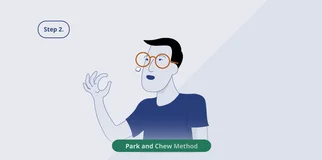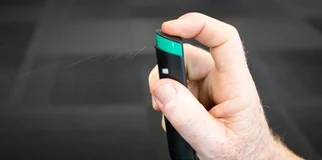Nicotine replacement therapy (NRT): frequently asked questions
Evidence has shown that using nicotine replacement therapy (NRT) along with support from a service like Quitline can be effective in helping people to stop smoking. Watch the video and read below to learn more about the different types of NRT: nicotine patches, gum, mouth spray and lozenges. Talk to your doctor or pharmacist before starting NRT, so they can help you work out what will suit you best.
1) How does nicotine replacement therapy (NRT) work?
As you probably know, cigarettes are highly addictive. It’s because they contain a chemical called nicotine. When you puff on a cigarette, it takes just seconds for nicotine to go from the lungs to the brain.
If you have smoked for a while, your brain is filled with specific receptors that eagerly await incoming nicotine. Think of nicotine as a key, and receptors as little locks. When the nicotine unlocks the receptor, a feel-good chemical called dopamine is released, giving you a little hit or buzz. This doesn’t last long. The nicotine soon fades making the receptor eager for more. Cue a cigarette craving!
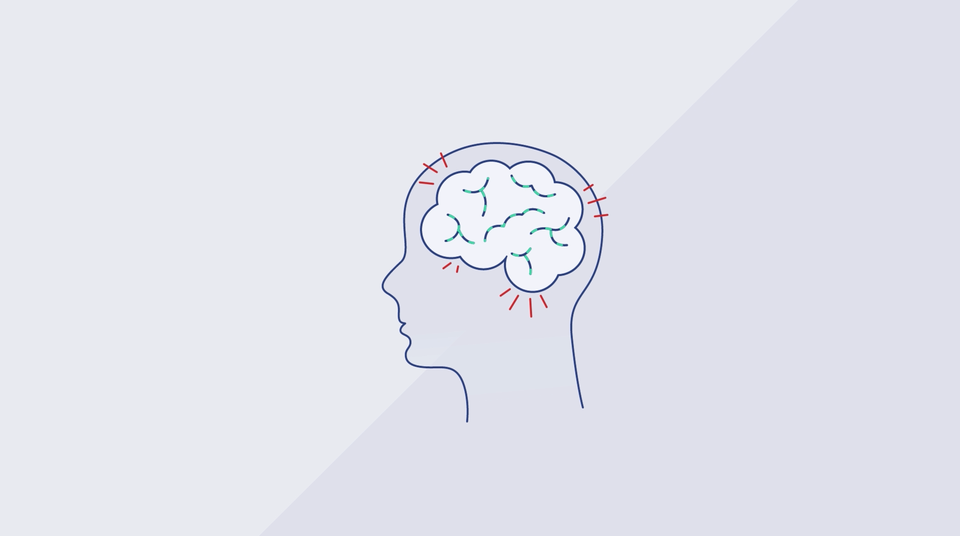
NRT provides you with nicotine, which locks on to these receptors, lessening cravings and feelings of withdrawal.
Faster-acting types of NRT, which include the mouth spray, gum and lozenges gives you nicotine more quickly than nicotine patches. They can help you get past short, strong cravings, and can even be used in anticipation of a craving. Although the faster-acting types of NRT work quickly – it’s important to remember they won’t give you a nicotine hit as fast as cigarettes do.
Nicotine patches provide a slower, steady level of nicotine over a longer period of time.
Looking for information on nicotine inhalators? Nicotine inhalators (also known as nicotine inhalers) were discontinued by manufacturers and are no longer available. Alternative faster-acting types of NRT include the mouth spray, gum and lozenges.
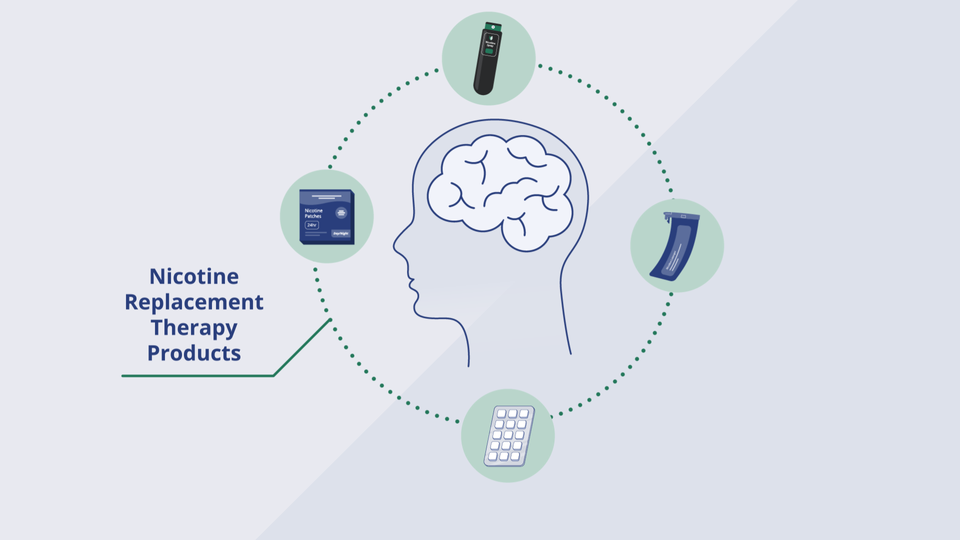
Many people who smoke will need what's called combination nicotine replacement therapy: patches PLUS a faster-acting type of NRT (mouth spray, lozenge or gum). That way you have a steady level of nicotine for the day PLUS a bit extra at times when you would normally smoke.
It is common for people who smoke to try to quit several times before they successfully stop, even when using NRT. While NRT helps to ease nicotine withdrawal symptoms, the Quitline can help you deal with other aspects of stopping smoking. If you pair NRT with a call to Quitline, you are giving yourself the best chance of successfully quitting.
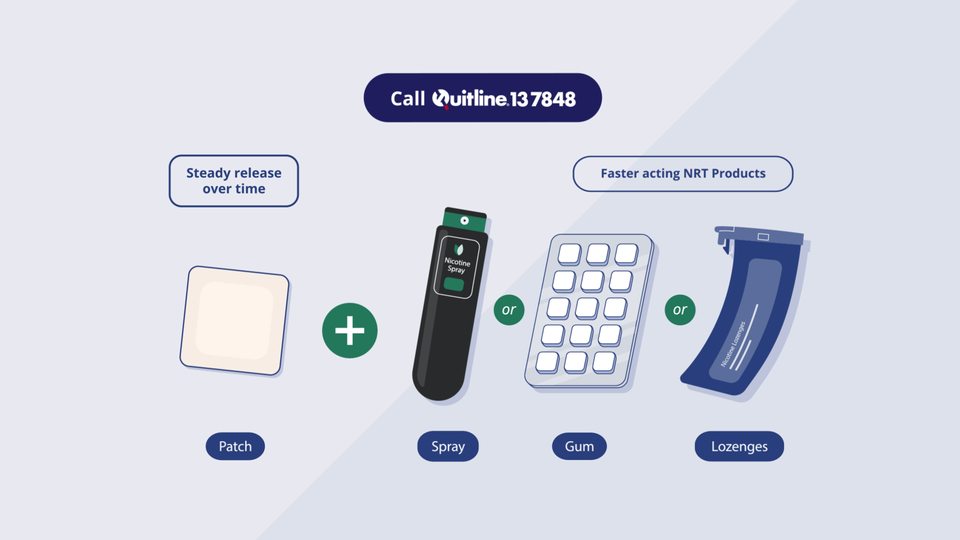
2) Can I get addicted to NRT?
Most people stop using NRT when they feel they no longer need it. The amount of nicotine in NRT is lower compared to a cigarette. It also takes longer for nicotine to get to the brain and to give you a nicotine hit. This means it’s much easier to stop using NRT than it is to stop smoking. Some people may continue to use NRT for longer than recommended, possibly because they are addicted to nicotine, but this is still safer than continuing to use tobacco.
3) Is NRT safe?
The different types of NRT pass strict safety standards set by the Therapeutic Goods Administration (TGA) before they can be sold in Australia. NRT is safe to use for most people, but some types of NRT may be preferred over others in some situations. It’s best to speak to your doctor or pharmacist before starting NRT, so they can help you work out which types will suit you best.
4) What about side effects?
It’s very rare to get serious side effects from using NRT. Mild side effects can occur, which usually don’t last long. In many cases, these side effects are caused by incorrect use of NRT. For example, it’s important to ‘park and chew’ nicotine gum as this not only makes sure it works to relieve cravings and withdrawal symptoms, but also reduces the amount of nicotine you swallow, which can upset the stomach. When it comes to the spray, it’s important you point the spray under your tongue and not at the back of your throat, which can irritate your throat and give you a coughing fit.
Also, sometimes people mistake nicotine withdrawal symptoms for side effects. For example, having trouble sleeping can often be a symptom of nicotine withdrawal, but sometimes people think it is caused by NRT.
5) What happens if I have a smoke while I’m wearing a patch?
You don’t need to take the patch off if you slip up and have a cigarette. It’s best to leave it on. Slip-ups – a puff or a cigarette during a quit attempt – are common. It doesn't mean you should stop trying to quit. It might be a sign that you aren’t using enough NRT. For example, you might need to increase how often you are using the faster-acting types of NRT. It’s best to speak to your doctor or pharmacist to help you work out what dose and frequency of NRT you should be using to prevent slip-ups.
If you have returned to your previous smoking, put the patches away until you’re ready to try quitting again.
6) How do I access NRT?
You can buy NRT from most pharmacies, supermarkets or online. You can also get discounted nicotine patches on the Pharmaceutical Benefits Scheme (PBS). You need to get a prescription from your doctor, which you take to your pharmacist.
Under the Closing the Gap Scheme, eligible Aboriginal and Torres Strait Islander people can access nicotine patches for free or for a small co-payment. Speak to your doctor or call the Aboriginal Quitline on 13 7848 for more information.
For more information: talk to your doctor, pharmacist or Quitline. Your doctor or pharmacist are best to advise you on your use of NRT. Our Quitline counsellors can give general advice and support to ensure you are using it correctly.
For more information about NRT, you can also view the patient resources on the Alfred Health website.
Quitline is here to help
Reaching out for support from Quitline, as well as speaking with your GP or pharmacist, can help you achieve your goal of stopping smoking.
Quitline counsellors can offer you free advice and support to help you stop smoking and/or vaping. They will work with you to help you build and keep up your motivation, create a personalised plan that works for you, and provide guidance and encouragement along the way. Quitline counsellors can also support you if you are using vapes to stop smoking.
There are many ways to get in touch with Quitline 13 7848:
Please note, this information is for general use only. Please consult your health professional for further advice.
If you would like to provide feedback, please contact quit@quit.org.au
Last updated March 2024


